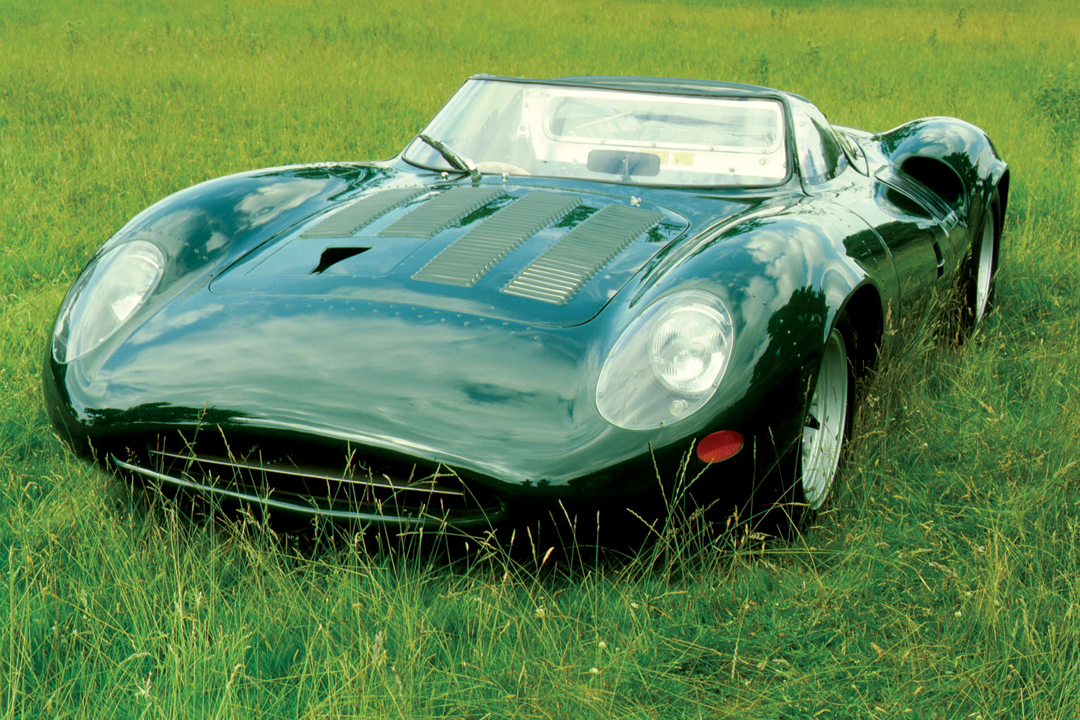I am synonymous with the Jaguar marque. It would, therefore, be strange for me to consider a car other than a Jaguar as my greatest racecar. What many people do not understand is that in order to test and prove a particular Jaguar, cars from other marques had to be driven. In relation to the Jaguar XJ13—the car that I put forward as my greatest racecar—I had to drive and evaluate a Ferrari 250 GTO, and a Ford GT40. These were “official” Jaguar comparison tests. The Ferrari was a very nice car to drive, as was the GT40—we are talking 1960-61—but for top speed and handling performance, the Jaguar was superior and would have “seen off” both. That was confirmed when I got the top speed at a British racetrack, that was at the MIRA proving ground, where I did 160.4 mph. The car’s front-end was lower than the Formula One cars of today. It did not need fancy spoilers or wings to create downforce; it was the perfect shape—the lowest coefficient of drag produced for its day and, still today, it would fair well. If one looks at the Group C Jaguars, you’ll see that some of the concepts and designs from the XJ13 were carried forward. Technologically speaking, it was a car ahead of its time.
I also put an awful amount of work into the testing and development of the 1955 D-type Jaguar, another great car. With the full wraparound screen and the tail fin, it had probably the lowest coefficient of drag for a car of its era. This was the “long-nose” car. By saying long nose, it was about 7 inches longer that the “short nose.” The extra 7 inches allowed for the front of the car to be lower and gave more stability, as it moved the weight farther forward. When I drove at Le Mans, I saw 192 mph down the Mulsanne Straight, which was phenonemal for that time. It allowed the driver to sit back and relax for a time, that sounds crazy, but it’s true.
No Subscription? You’re missing out
Get immediate ad-free access to all our premium content.
Get Started



